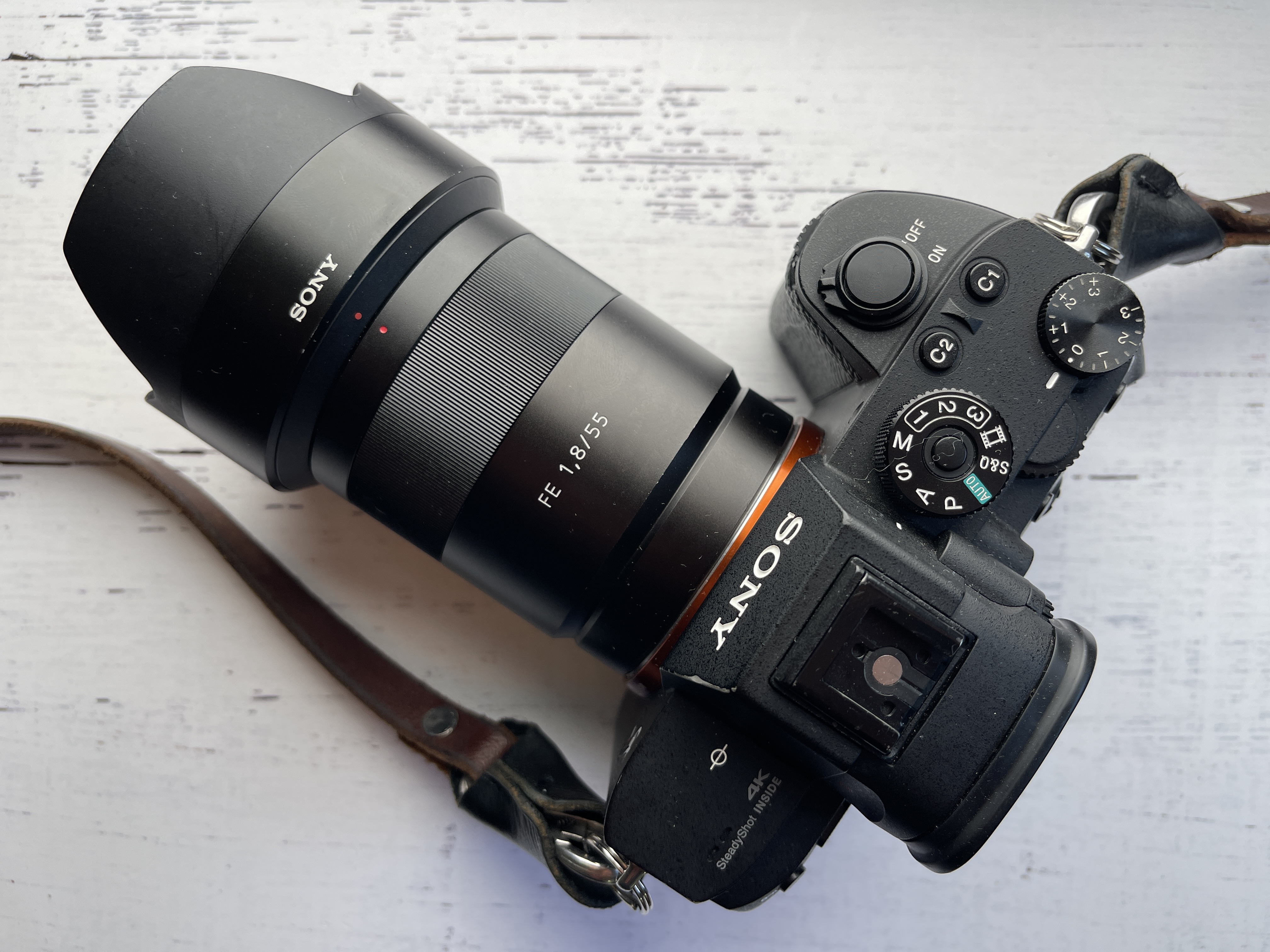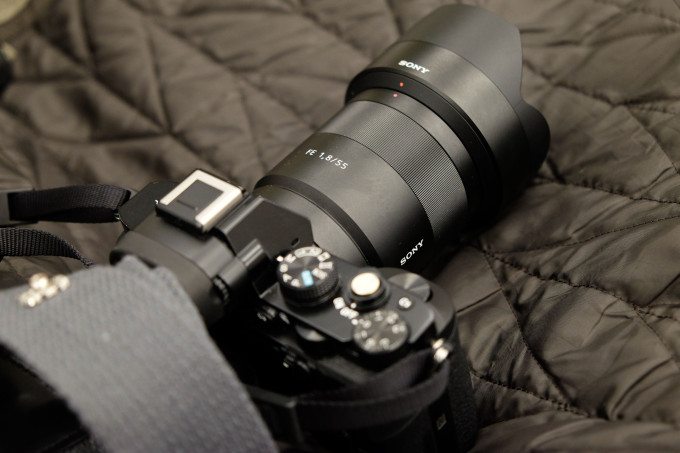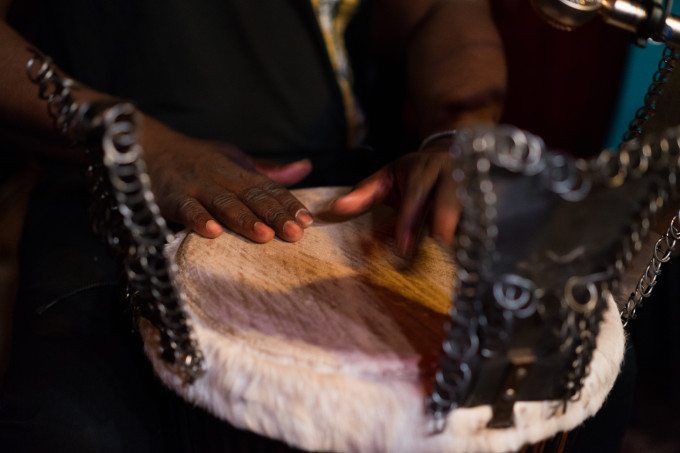Last Updated on 10/04/2023 by Chris Gampat
The Sony 55mm f1.8 lens is one of the company’s first full-frame offerings for the A7 and A7R. One of the advantages it has over its 35mm f2.8 sibling is that it has a faster aperture. The sheer power of the A7 and the A7R left many wondering why the initial lens offerings aren’t faster, but with time, the lens options will grow. The 55mm f1.8 performs very well when paired with the A7, and it delivers some beautiful bokeh thanks in no small part to its nine aperture blades. And it’s weather sealed, too.
Editor’s Note: This review received an update in October 2023.
Table of Contents
Conclusion

The Sony 55mm f1.8, like its shorter brother, has earned our Editor’s Choice Award for sheer performance. If this lens is any indication, the future is bright and creamy for the A7, A7R and whatever will come next. When paired with the A7, you’ll enjoy smooth focusing both manually and automatically. With the A7R, you’ll get far greater resolution. Whether you go for the A7 or the A7R, know that you’ll get great results with the 55mm f1.8.
Despite this lens being claimed to have weather resistance, we can’t really back that statement in our long term tests. We’ve changed our mind on this after owning the lens for many years.
Get yours at Amazon.
Pros
- Sharp images
- Creamy bokeh
- Weather-sealed to a point. The mount is notoriously not so.
- Smooth & large focusing ring
Cons
- Lens hood adds a good amount of length to the front
- No depth of field scale
Gear Used
For this review, we used the Sony 55mm f1.8 with the Sony A7. Over the years, we’ve used it on a large variety of cameras that Sony makes.
Tech Specs
Courtesy of the Lensrentals Listing:
| Angle of View | 42.9° |
| Aperture | f1.8-22 |
| Autofocus | Autofocus |
| Brand | Sony |
| Compatibility | Full Frame and Crop |
| Diameter | 2.54″ |
| Dimensions | Length: 2.78″ |
| Filter Size | 49.0mm (nonrotating front element) |
| Filter Style | nonrotating front element |
| Flare Resistance | Carl Zeiss T* coating |
| Focal Length | 55.0-55.0 |
| Focusing System | Inner focusing, full-time manual |
| Groups/Elements | 5/7 |
| Hood Included | Yes |
| Hood Type | ALC-SH131 |
| Image Stabilization | No |
| Item Type | Lens |
| Lens Type | Normal Range |
| Low Dispersion Elements | 0 |
| Max Aperture | 1.8 |
| Maximum Magnification | 0.14x |
| Minimum Aperture | 22.0 |
| Minimum Focusing Distance | 1.64feet |
| Mount | Sony E |
| Weather Resistant | Yes |
| Weight | 0.62 lb. |
| Zoom Method | N/A |
Ergonomics
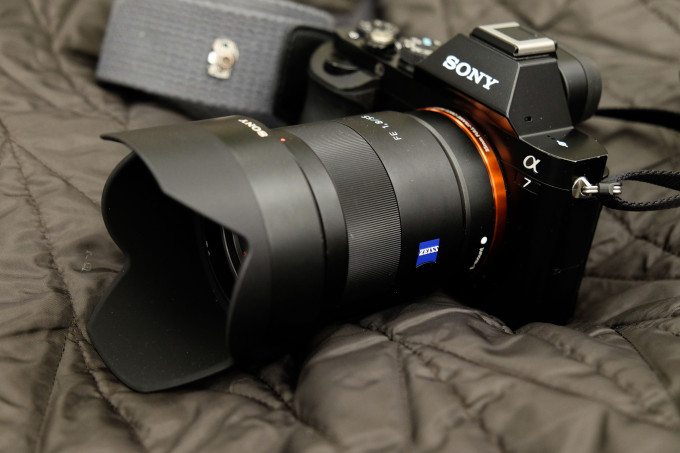
The Sony 55mm f1.8 is the closest option to a standard 50mm that is built for the full-frame E-mount. It has a good amount of weight to it that’ll cause the A7 to dip down when strung around your neck. You’ll save a bit of space with the hood either off or reversed, as the hood adds a substantial amount of length to the front.
The only control you’ll get with this lens is the large focus ring that sits in front of the Zeiss branding. It moves very smoothly, but given its metal construction, it can get very cold in these bitterly frigid winter months. Aside from the aperture, one of the best features about this lens is the fact that it’s weather-sealed. On some of the rainier days this past month, this lens performed admirably.
Build Quality
The Sony 55mm f1.8 is a strong entry to the FE line both in terms of design and optical quality. With a weather-sealed body and nine aperture blades, this lens is dense and sits comfortably in the hand. It does well in various weather conditions, but we urge you to stay inside during more extreme bouts of weather.
Through my travels across Manhattan, Brooklyn and Queens, the 55mm held up remarkably well; and I can only imagine what the next iteration of this lens will bring.
Update 2023
Years ago, when the Phoblographer first tested this lens, our standards on weather resistance and clarity around it weren’t what they are today. In fact, no other publication really took it all that seriously. But it’s a problem overall in our industry when talking about transparency around the issue.
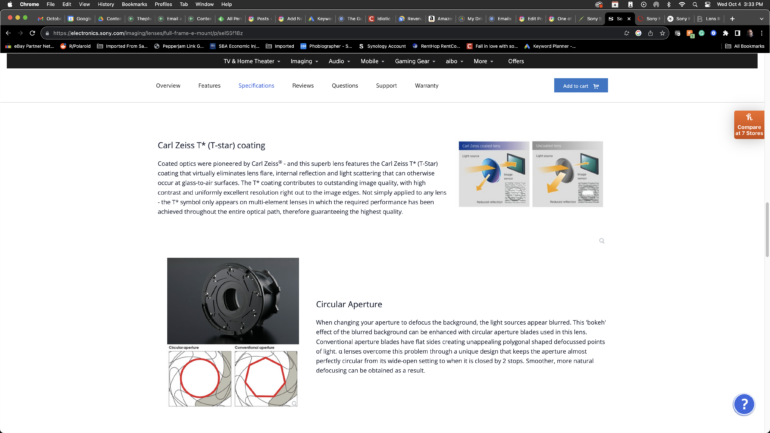
Sony’s current wording on their website says nothing about weather resistance. For transparency on this, we’ve linked to the listing and we’ve also screenshotted what we can find there. One could say that Sony never said anything about it. But the truth is deeper than that.
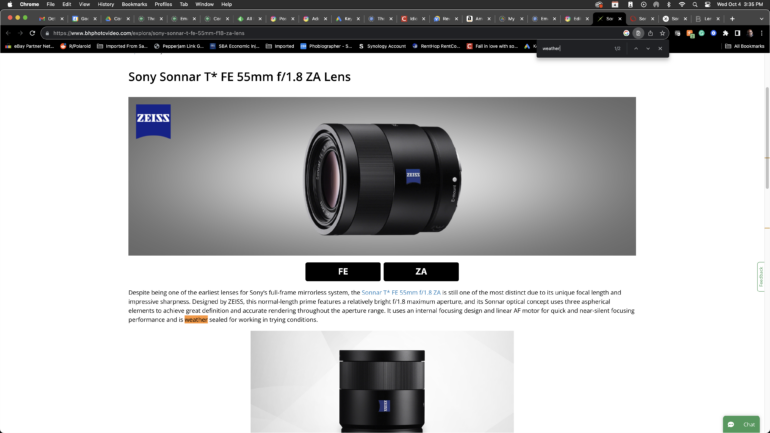
Our review has talked about weather resistance. So has B&H Photo as soon in the screenshot above. If a retailer is saying this, then it’s got to be true, right? Sure, retailers get things wrong. But other websites say it, too. The Digital Picture, Sony Artisan Brian Smith, and Camera Labs all quote it as being weather-resistant. All of them are credible places for information on this, with Camera Labs even being the inspiration for why I went into photography journalism.
However, the big problem has to do with Sony’s mount. The sealing just isn’t there. And as a result, you’ll get issues around dust resistance and weather resistance.
Sure, this lens is old. And in some ways, it’s been superseded by Sony’s own 50mm f1.4 G Master. But it’s still a very good lens overall and quite small.
During weather resistance tests with various cameras we’ve used, it couldn’t hold up to the rain because of Sony’s lack of putting a rubber gasket at the mount. For years, I thought that it was issues with the hot shoe. But it turns out the problem is at the mount instead.
This is probably one of the other reasons why Nikon, Panasonic, Leica, and Canon all talk about the advantage of their mount being so large. All these brands provide durability that we trust.
Of course, none of this affects the image quality of the lens in good conditions and without dust in the air. But it could surely affect the autofocus performance and you’d need to clean the lens contacts far more often.
Because of the era this lens was released, and how long it has really lasted, we’re keeping the Editor’s Choice award with this lens. But we recommend not using it in a lot of rain for a prolonged period of time.
Ease of Use
Step 1: Mount.
Step 2: Aim.
Step 3: Focus.
Step 4: Photograph.
Step 5 is “Ogle” because this lens produces truly beautiful results. Don’t rely on a depth of field scale to help get your image because there isn’t one. While this lens can autofocus, we found it much more satisfying to switch on focus peaking and use that ring.
Autofocus
Autofocusing with the 55mm f1.8 and the A7 is might quick and reliable. Fortunately, the A7 doesn’t suffer the autofocusing maladies that plague the A7R. As with any camera, it works best in the best lighting, and as the available light wears thin, manual focus comes to the fore. The AF worked wonderfully when shooting from the hip. I got the shot more often than not. When I had the camera raised to my eye, I often went with manual focusing because there’s something weirdly satisfying about seeing focus peaking lines wrap warmly around the subject.
Image Quality
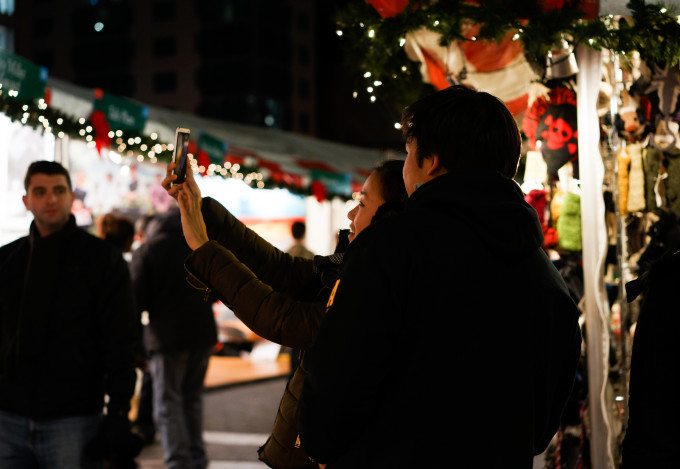
The 55mm f1.8 and the Sony A7 produce beautiful photographs. Above all else, this lens is sharp. Secondly, it produces accurate colors in all the right places, that is to say everywhere. Thirdly, the bokeh is creamy to the point where you’d want to take out of focus photographs just to see what this lens can create.
Sharpness

This lens was shot at f2.5 with the light coming in through the window behind me in The Bean, a café just south of Union Square. With soft, natural light, the 55mm creates sharp images, and at the shallower end of things, the bokeh melts like butter. Portrait and studio photographers rejoice, here’s a lens worth owning.
Color Fringing
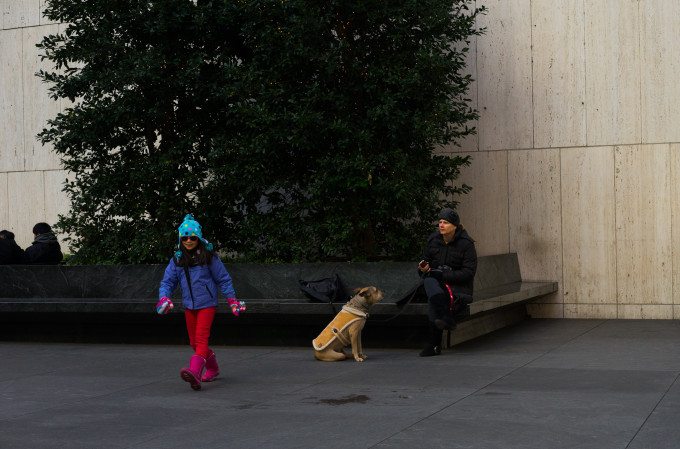
There simply isn’t any, and we can’t imagine any situations in which there might be. The 55mm f1.8 colors between the lines, not across them. Look as hard and as long as you like, but we’ll save you the time and tell you there isn’t any.
Color Rendition
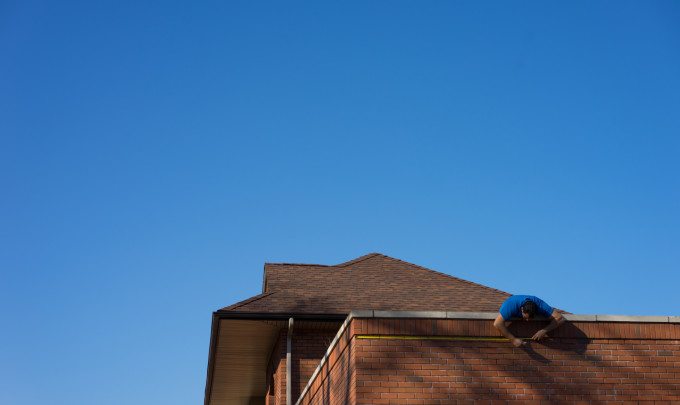
Sony has some of the best color rendition around, and if you manage to get everything right in the camera, you’ll have very little to worry about in post-production. The 55mm skews warm in most cases, but if that’s not your thing, you can always fix it later. Also, the lens encourages chimping because you’ll want to see what you just took.
Bokeh
In a word, the bokeh is velvety. Wide open, this lens will give you desirable results, and that only gets better as you stop down. For the bokeh connoisseurs out there, this is the lens to get. The 35mm f2.8 will give you nice results, too, but that lens doesn’t have the benefit of the 55’s attributes, namely: focal length and aperture. Your subject will be in focus, and will be framed by seamless bokeh.
Extra Image Samples

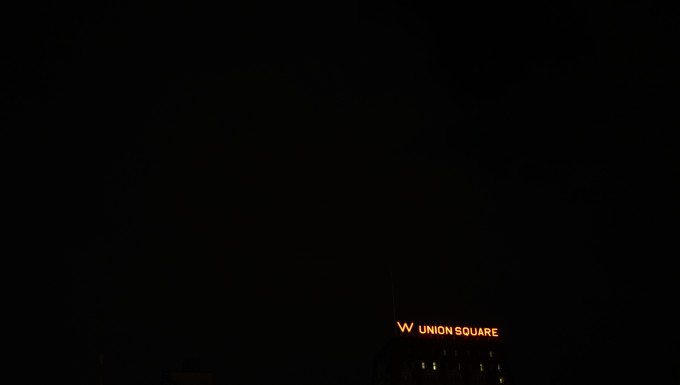
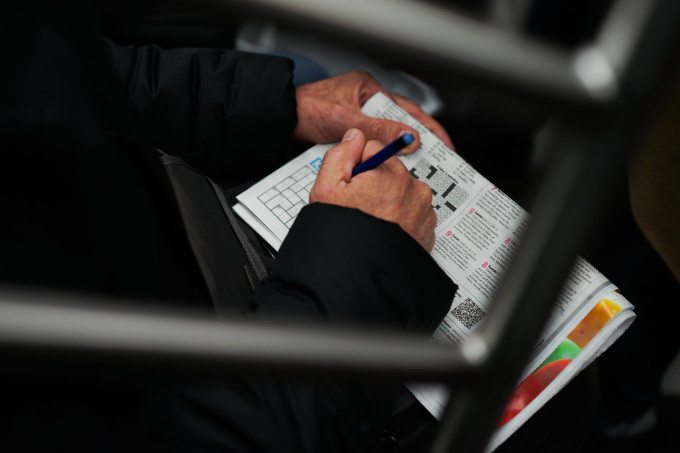
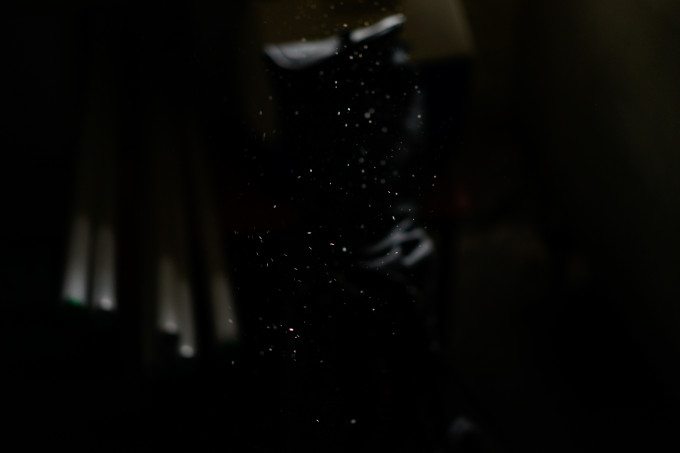

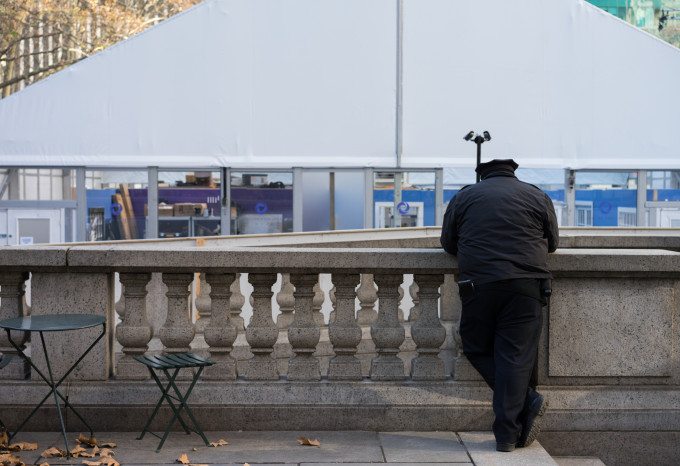

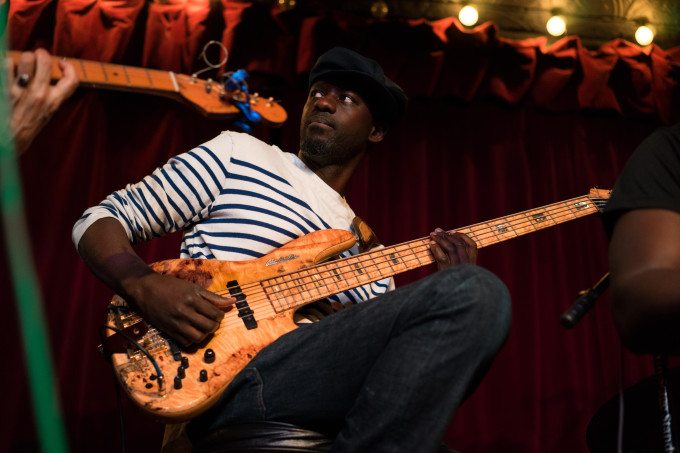
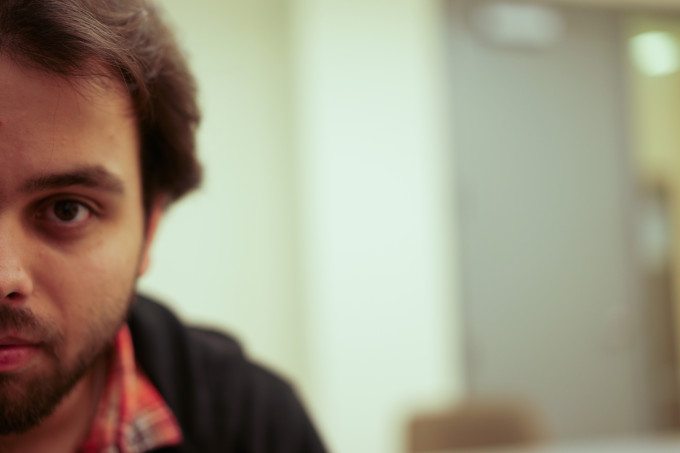
Please Support The Phoblographer
We love to bring you guys the latest and greatest news and gear related stuff. However, we can’t keep doing that unless we have your continued support. If you would like to purchase any of the items mentioned, please do so by clicking our links first and then purchasing the items as we then get a small portion of the sale to help run the website.
Also, please follow us on Facebook, Google+, Flickr and Twitter.


